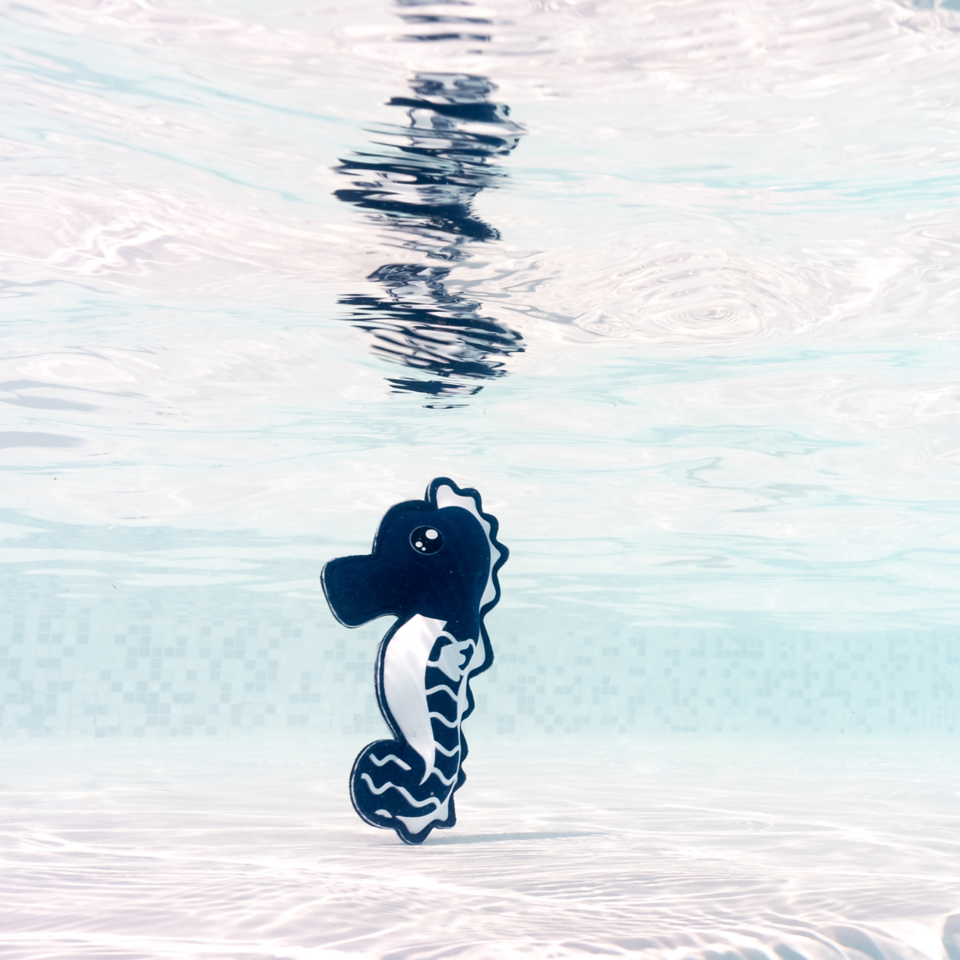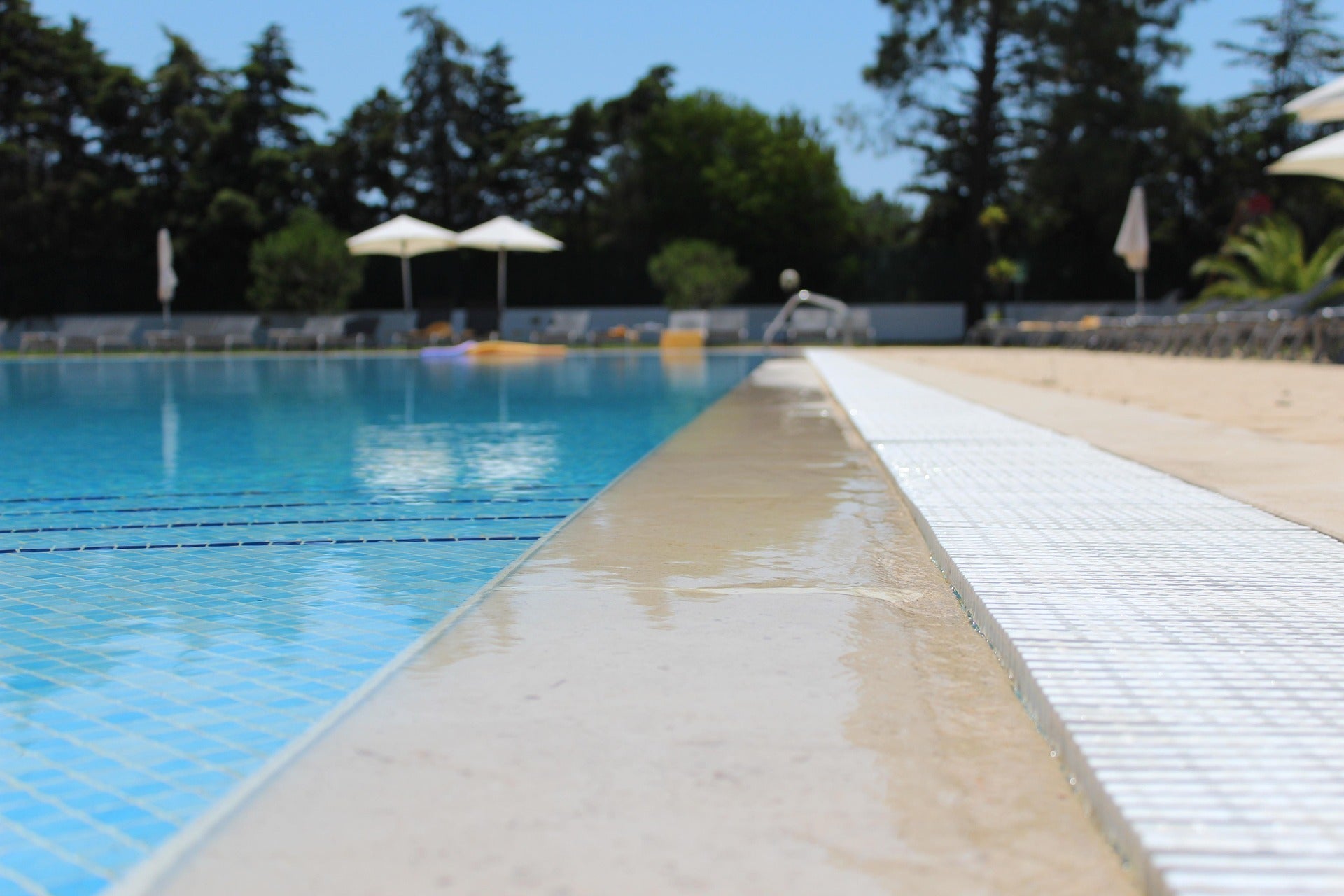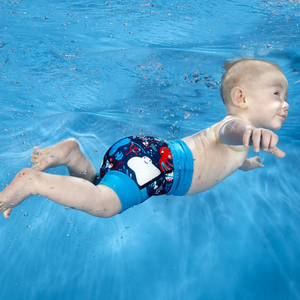How the Right Swimwear Boosts Your Children’s Water Skills
Posted 08/08/2024


Ever wondered how the right swimwear can boost your child’s confidence and skills in the water? It’s not just about style; choosing the correct swimwear can significantly influence your child's performance and enjoyment.
In this article, we’ll explore the features that make certain swimwear ideal for helping young swimmers feel more comfortable and capable in the water. Whether you’re prepping for their first swim lesson or gearing up for a swim team tryout, understanding the impact of proper swimwear is key.
Let's dive into what you need to know about how to choose the right swimwear to boost your child's swimming skills.
The benefits of high-quality swimwear
Whether it's swimsuits, trunks or wetsuits, selecting the right swimwear for your child can help them develop their skills and have the confidence to approach new techniques.
Let's explore the benefits of choosing the right swimwear.
Buoyancy
Buoyancy supports your child's body, helping to keep them safe in the water. It's particularly important for children learning to swim, offering an extra layer of protection.
Choosing swimwear designed to offer buoyancy support, such as float vests and swim vests will let your child build on their skills and try new techniques without excess risks to their safety.
It is important to remember that Swim Vest and Float Jackets offer support as long as the child can move their arms and legs to work with the buoyancy in the vest. If the child is going out on a boat, particpating in water sports or is not able to move their arms and legs, a life jacket must be worn instead. (read more on the differences between life jackets and swim vests here)
Flexibility
Choosing flexible swimwear to facilitate movement can significantly affect your child's confidence in the water. Lighweight and stretchy fabrics will allow them to move without restriction or drag.
Streamlining
A well-fitting swimsuit can be beneficial if your child swims competitively, as the design reduces water drag and facilitates smoother movements. Not only does this enhance speed, but it also ensures better performance.
Quality swimwear is also more durable, allowing your child to practise frequently and develop skills.
Choosing the right swimwear for your child
When choosing swimwear for your child, including swimming costumes and training swimwear, it's easy to get lost in bright colours and their style preferences, but safety should always come first.
Luckily, manufacturers specialise in creating children's swimsuits that combine style with safety, ensuring you, and your kids, are happy.
Here's what you should consider when picking swimwear:
The best types of swimwear for children
Today's swimwear means there's something for everyone. When choosing suitable options for your child, it's important to consider where they'll be swimming and how much experience they have. Popular types of swimwear include:
- Swimsuits: Girls love one and two-piece swimsuits. They come in a wide range of designs and colours and prioritise comfort.
- Shorts/Trunks: Swim shorts (or trunks) are popular for boys who want more flexibility. They're made of quick-drying material and are usually adjustable.
- Rash Tops: Rash tops are usually for days on the beach, but they can also prevent friction rashes if your child's learning to surf or bodyboard.
- Wetsuits: Wetsuits provide additional warmth if your child's swimming in colder conditions or open water
Fabric selection
There are plenty of fabrics available for swimwear; but which offers the most benefits for children? Naturally, you'll want to combine affordability with quality, and the following materials provide the best value for money:
- Nylon: Known for its stretchability, nylon is a popular material for swimwear. However, its lack of UV and chlorine resistance often means manufacturers combine it with other materials for maximum durability.
- Polyester: Polyester boasts superior UV protection and survives well in chlorine. It's also known to be a comfortable and versatile material.
- PBT: Polybutylene terephthalate is an excellent choice for athletes as its unique construction creates a lightweight and smooth feel.
- Neoprene: Wetsuits and swimwear for open swimming require more insulation than traditional suits. Many manufacturers use neoprene, a synthetic rubber that keeps the body warm without compromising comfort.
All these fabrics offer unique benefits, and the one you choose for your child depends on how and where they swim.
Nylon and polyester combinations are ideal for younger swimmers, as the nylon promotes flexibility, while polyester provides durability and UV protection.
Finding the right fit
Kids grow quickly; we all know that. While it can be tempting to upsize and buy swimwear they'll grow into, a properly fitting suit is vital for enhancing their skills and ensuring comfort in the water. Choosing swimwear that fits your child perfectly ensures:
- Comfort: Nobody wants to be uncomfortable while swimming, and a proper fit ensures your child enjoys the experience.
- Performance: You'll notice professional swimmers often have tight suits. This is because they prevent drag in the water, boosting speed. Children learning how to swim will achieve more with the right fit.
- Reducing Injuries: If your child's trunks or swimsuit are too small, they'll cut into the skin, causing irritation and injuries.
Choosing appropriate swimwear for your child's age ensures they can enjoy learning different techniques and feel comfortable in the water.
Choosing the right accessories
Whether buying a wetsuit, shorts or swimsuit, accessories can be the difference between your child learning new skills or being left behind.
From swimming caps to flotation devices such as armbands and float jackets, and goggles, the following accessories are vital in building confidence and ensuring your child feels safe.
Swim Hats
Swim caps protect hair from chlorine, prevent it from getting in your child's face and causing distractions, and ensure there's no water drag to slow your child down, helping them achieve higher speeds.
Flotation devices
Armbands are ideal for younger children, as they keep them above water and help them get used to being in water without risking their stability. Unfortunately, they're not always convenient, as they can be bulky and difficult to put on, but newer inventions, such as float jackets, offer style and substance and can play a huge part in your child's learn to swim journey.
Goggles
Goggles help your child venture out of their comfort zone and practise underwater skills. They also ensure chlorine doesn't compromise their eyesight or cause irritation. We recommend choosing swim goggles with anti-fog lenses and adjustable straps. To get the perfect fit, the lens seals should fit in the eye sockets and they should stay in place even without the strap. Once you have found the perfect fit, the strap can be used and adjusted for comfort.
Final Thoughts
As you can see, choosing the appropriate swimwear can make a massive difference to your child's water skills development. With so many options available, it's easy to find safe and practical swimwear that your child will love.
If you're looking for high-quality swimsuits and accessories, Splash About is your go-to place. We offer excellent prices on our swimwear without compromising safety and durability.
Please feel free to contact us if you need advice or have any questions.
Tel 01472 236465









